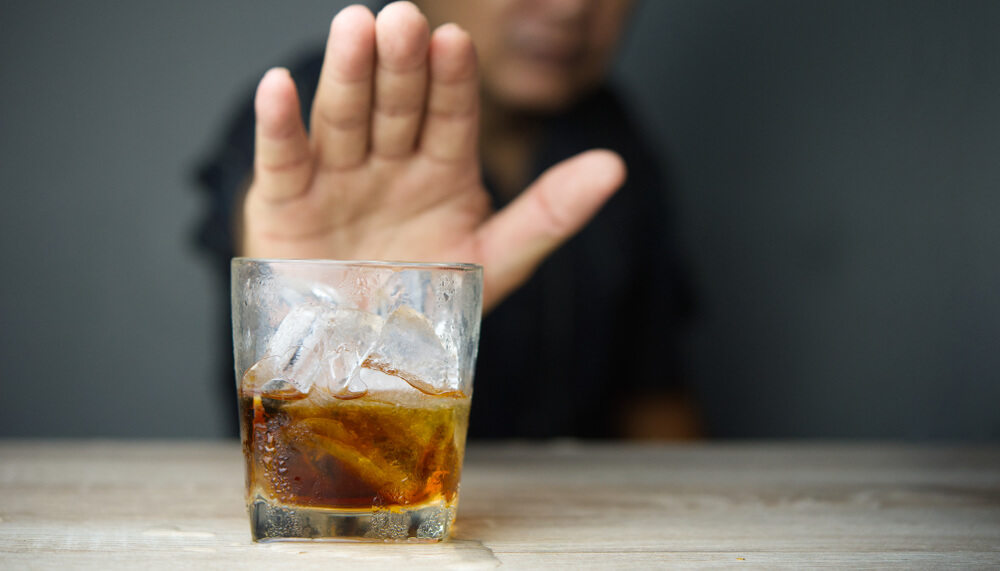
How to Quit Drinking Safely: 3 Steps to Take
Legacy Healing Center Blog
How to Quit Drinking Safely: 3 Important Steps
Alcohol use disorder – the medical term used to describe alcoholism – is a disease that affects millions of people in the United States. Findings from a 2017 national survey revealed that as many as 14.1 million people had alcohol use disorder. The disease also claims lives; 88,000 people die annually from alcohol-related causes. Stopping once an addiction has formed isn’t as simple as just not drinking; how to quit drinking safely requires critical steps and often professional help because just quitting can be life-threatening.
If you or someone you love needs help with addiction, call 954-994-2965 today to speak with a treatment specialist.
If you or a loved one decided to stop drinking alcohol while being physically addicted, there are 3 important steps to take in order to safely achieve sobriety. In this article, the best way to quit drinking will be explored.
The Dangers of Quitting Abruptly
Before we look at the steps to take to stop drinking alcohol, it’s important to understand the dangers involved with quitting alcohol abruptly.
Alcohol dependence forms after drinking heavily for an extended period of time. Alcohol causes a person to feel relaxed and anxiety-free, which is the result of its effect on GABA receptors and glutamine systems. However, the body requires perfect balance in these systems and alcohol abuse upsets this balance, which the body counteracts by adjusting its natural balance.
Essentially, withdrawal effects occur because without the constant presence of alcohol, the body’s chemical balance is off, and until balance can be restored, the person experiences an overload of anxiety and other symptoms. In the case of alcoholism, this imbalance can be so severe that it can be life-threatening.
However, how to quit drinking safely is still possible. The following are the steps that should be taken.
Step 1: Consult with a Professional
Due to the dangerous nature of alcohol withdrawal, professional help is necessary. You can receive such an assessment at Legacy Healing Center. Depending on the severity of the alcohol abuse, it may be necessary to enter into a detox program the moment drinking stops to avoid the risks.
Once the withdrawal symptoms set in fully, it becomes far more difficult to get help if you decided to go it alone.
Step 2: Tapering off vs Medical Detox
A severe addiction to alcohol cannot end abruptly without possible extreme consequences. There are only two safe options to stopping from this position. The first is to taper off alcohol. This is a process whereby the user decreases the amount of alcohol they consume on a strict schedule; however, one of the characteristics of addiction is that the person has little to no control over how much they drink.
The second and safest option on how to quit drinking safely is to enter into a medical detox program, such as the ones that Legacy Healing Center offers. These programs provide around-the-clock medical aid to ensure that none of the withdrawal symptoms become dangerous. Medications are given to help reduce the symptoms and to make the entire process more manageable and safer. A medical detox is the best way to quit drinking initially.
Step 3: Continue the Recovery
While withdrawal symptoms such as severe anxiety, mood swings, nausea and vomiting, seizures, and insomnia may be a significant reason as to why people continue to use alcohol, there is more to addiction than just a physical dependence.
Without further treatment in a rehab program followed by a relapse prevention strategy and aftercare programs, the risk of relapse is great. Therefore, the third and final step on how to quit drinking safely is to continue with your recovery.
Through an intensive rehab program, the underlying causes of an addiction can be dealt with and improved behavior and response to stressful situations can be established. Addiction recovery is a long-term process, but a process that is necessary to quit alcohol for good.
Sources
https://www.niaaa.nih.gov/publications/brochures-and-fact-sheets/alcohol-facts-and-statistics